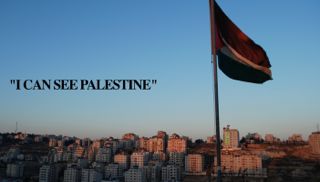The economic climate in the West Bank and Gaza (WBG) has changed dramatically
since the second intifada in 2000, from one driven by investment and private sector led
growth, to one sustained mainly by government spending and significant inflows of donor aid,
due to continuing Israeli restrictions on movement and access. Moreover, the political process
has continued to stagnate and there has been little visible progress for a long term peace
settlement. As the economy continues to deteriorate with low investment, its productive base is
hollowing out and per capita GDP is declining (by a cumulative 13 percent between 2000 and
2008). Between 1994 to 1999, before the second Intifada, the WBG economy was growing on
average at about 6 percent per year. Had this growth trend continued, GDP per capita would be
nearly 85 percent higher than it is currently.
Labor force participation rates are low and dropping. Unemployment in the West Bank,
as reported by the Palestinian Central Bureau of Statistics (PCBS), rose from 17.7 percent in
2007 to 20.7 percent in the third quarter of 2008. Unemployment in Gaza, however, increased
from 29.7 percent to nearly 41.9 percent. Although data on poverty are limited, there are clear
indications that overall poverty in both the West Bank and Gaza has risen since 2000. PCBS
reports that poverty rates increased in Gaza from 47.9 percent in 2006 to 51.8 percent in 2007.
To download the full report please click below:
| Attachment | Size |
|---|---|
| Project0Inform1ations0Stage0July022.pdf | 54.41 KB |
The World Bank Project - September 30, 2009 - Back to Resources Page
Did we miss something?
Click here to suggest a state building resource to be added to our fast-growing archive!
















